Increasing Engagement, Creativity, and Innovation with Minds-On/Hands-On Activities
COVID has forced many teacher to do remote learning in a virtual environment. Some have struggled with student-centric and hands-on learning. I have always been an experiential educator. Translating that to a virtual environment has been a little challenging but definitely doable.
Experiential-based minds on/hands on learning . . .
The ultimate goal is to get students at any level of education to become as mentally and physically engaged as possible in the learning process, regardless of the subject they are studying. The basic idea is for students to break out of their usual passive mode of learning that primarily involves listening to a teacher, taking notes and answering the occasional question. Instead, they are asked to in fact DO something during the learning process that has them actively using ALL of their senses. Doing something also means involving a student’s brain in thinking about what is going on around them as he or she tries to learn. All this active involvement makes for a powerful combination that dramatically enhances learning (The Importance of Hands-on, Minds-on Learning in Science).
The characteristics and qualities of experiential-based minds-on/hands-on activities include:
- Open Ended Tasks Presented – “Open-ended tasks have more than one right answer, solution or outcome and can be completed in more than one way. Different learners may use different types of thinking; and there are no predetermined correct outcomes. Open-ended learning activities are provocative and stimulate divergent thinking about a topic (Open-Endedness).
- Focus is on Process Rather Than Product – To truly focus on the process rather than products of learning, the educator needs to let go of expectations about the specific products that should be produced by the learners. There are expectations regarding some of the processes in which learners should engage (e.g., divergent thinking, questioning, researching, creating, innovating) but the educator lets go of the pictures in her or his mind about what the products should look like. By doing so, learners get the overt message that the focus is on processes used during the learning activity.
- Engagement of Mind, Body, and Heart Occurs – Too often students are asked to engage in academics with their brains leaving behind their bodies and hearts. This is especially true as students enter higher grades. Hands-on/minds-on activities obviously use learners’ brains and hands; and because of the engagement of these areas, learners emotions, their hearts, are also often engaged.
- Productive Struggles and Persistence – Hands-on/minds-on activities often challenge the learner due to their open ended nature. There are no single “right” answers. As such, they often have productive struggles with the learning task. Learners enter into uncharted waters as they work to create artifacts that are new to them, their classmates, their teachers, and sometimes for society. Given this limited “history,” learners often experience and work through struggles. Since they persist through theses struggles, they become productive struggles.
- Learner-Initiated and Directed – When presented as self-directed learning, educators, as mentioned above, give learners an open ended task, like develop a new type of transportation for use on another planet or design an assistive technology for someone with a disability. Learners, then, being self directed, take initiative and responsibility for their learning, set their own goals, select and manage their resources, and assess the degree of personal success.
- State of Flow Results – A flow state, also known colloquially as being in the zone, is the mental state in which a person performing some activity is fully immersed in a feeling of energized focus, full involvement, and enjoyment in the process of the activity [Flow (psychology)]. I love it when I hear a student say at the end of class, “Is it time to go already?” This to me is evidence that a state of flow occurred from the learner.
- Learning Comes from Natural Consequences, Mistakes, and Successes – Because this type of learning elicits new information for the learners during each step of their learning process, each step provides them with data. It gives them information about the degree of success or lack of success about the actions they took. They naturally gain insight about whether or not to keep going in the direction they have been, or whether they should change course due to lack of significant progress.
- Increased Creativity and Innovation – Because of everything mentioned above, learners’ creativity and innovation flourishes.
Design Thinking: Sketching New Inventions for Clients
Consider the rapidly changing world we live in. To thrive in the future students will need to be adaptable and flexible. They will need to be prepared to face situations that they have never seen before. Design Thinking is one of the best tools we can give our students to ensure they:
- Have creative confidence in their abilities to adapt and respond to new challenges.
- Are able to identify and develop innovative, creative solutions to problems they and others encounter.
- Develop as optimistic, empathetic and active members of society who can contribute to solving the complex challenges the world faces (What is Design Thinking? A Handy Guide for Teachers).
Probot
Protobot generates random product and service ideas
My students were each given this link. They were told that they could click on the link repeatedly to get a design they felt comfortable sketching.
Nope or Dope Cards
Nope or Dope cards is usually used as a party game. I used it to have students select a client or buyer and combine several products for that client. Since we were virtual, I would select cards from my deck for each student. They then sketched their prototypes for the type of client and a combination of selected product cards.
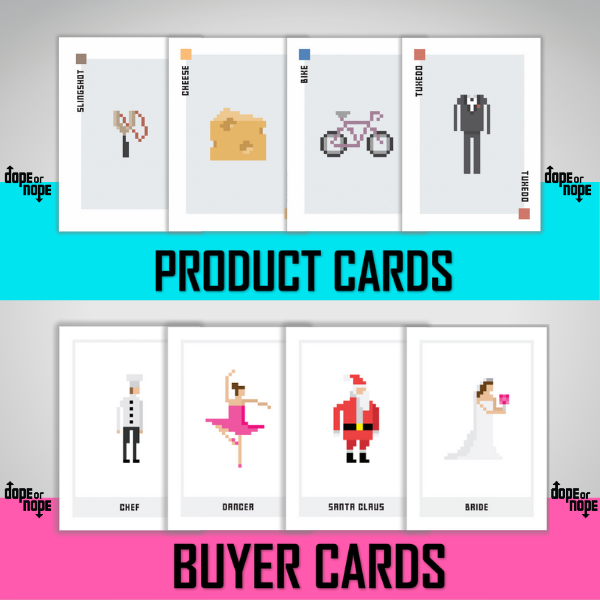

Extraordinaires Design Studio
“The Extraordinaires® Design Studio is a powerful learning tool that introduces children to the world of design, teaching them the foundations of design in a fun and engaging way. Your clients are The Extraordinaires® – over the top characters with extraordinary needs – and it’s the job of your student or child to design the inventions they require to fit their worlds.”
Here are some student examples of this activity:


Flipgrid Reflections
For the above projects learners used Flipgrid to discuss the details of their projects. Then they commented on one another’s work. Here is an sampling of student Flipgrids:
Inventor’s Workshop
Inventing is a skill and every student can develop that skill. It may be cliche, but it’s true–kids are natural inventors. And once taught the skills of how to invent, there is no stopping them (Opinion: Every student can be an inventor).
I was able to get a DonorsChoose project funded whereby I bought each of my twenty students a box of the Inventor’s Boxes and had a great time delivering them to each of my student’s homes. It was great having all of these materials in one box but none of the materials was unique or unusual. This means teachers can create their own invention kits for their students that is relatively inexpensive materials – straws, pom poms, craft sticks, string, pipe cleaners, rubber bands, binder clips, googly eyes, dowels, and foam.
They spent many hours fully engaged during remote learning making inventions including musical instruments, board games, new tools, machines, and robots.


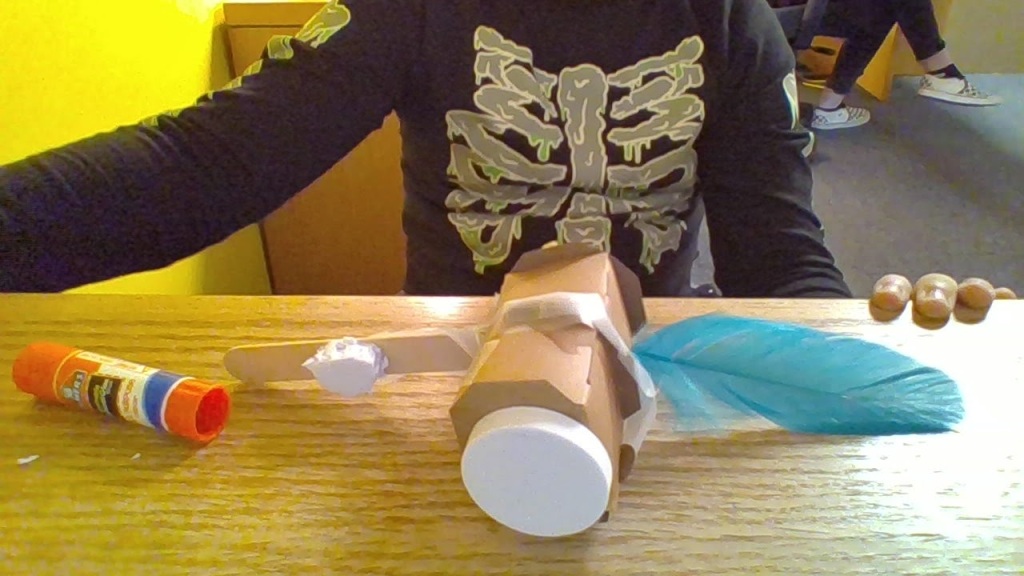

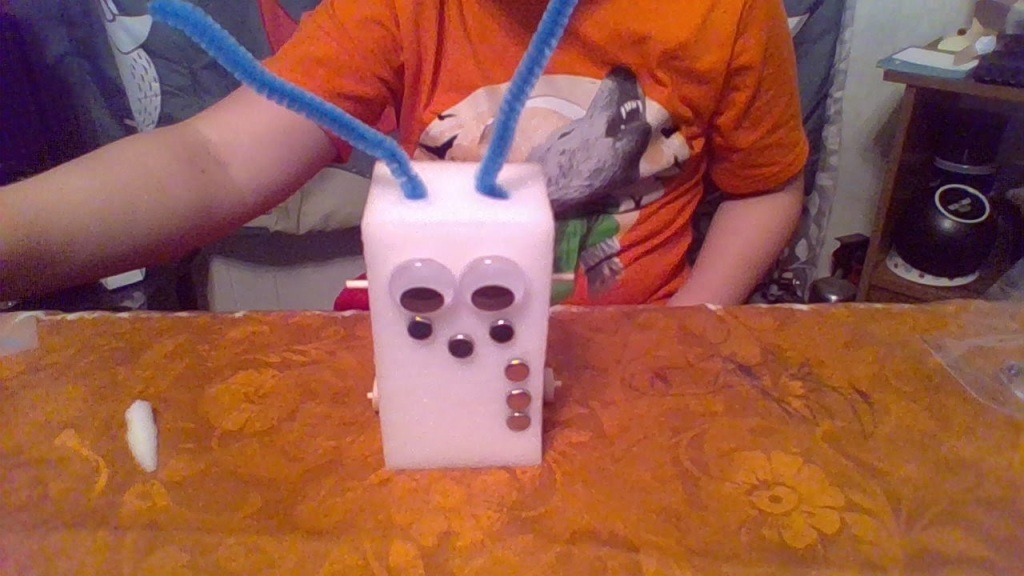
They then took images, posted them on their own individual Google Sites, and reflected on their attributes.
Making Board Games
My learners were given the simple directions to making a board game out of materials they found around the house. I thought this would be a fairly quick activity but they spent hour after hour creating them. They made game pieces, playing boards, playing cards, and tender. They then played their games remotely with the maker moving the game pieces, reading the playing cards, etc. They also spent hours playing one another’s games.
They were so many benefits of this activity: developing their creativity; communicating and relationship building with peers; and having authentic connections and fun during the difficult pandemic times.
Puppet Making and Green Screen Recording
Puppet-based learning teaches students design thinking, growth mindset, writing, how to work in sharable media, and how to approach learning without fear. Plus, it’s fun (6 Reasons Why Puppets Will Change Your Classroom Forever)!
This past week I visited my students’ homes yet again (love doing it) to deliver puppet making materials (felt puppet blanks, googly eyes, felt pieces, pom poms, Elmers glue) and green file folders for their green screen background. For the next several weeks, they will be making their puppets, writing scripts, recording their puppet shows in front of the green file folder, and then editing it with a background in https://clipchamp.com/. I will add some examples of their projects after their completion.



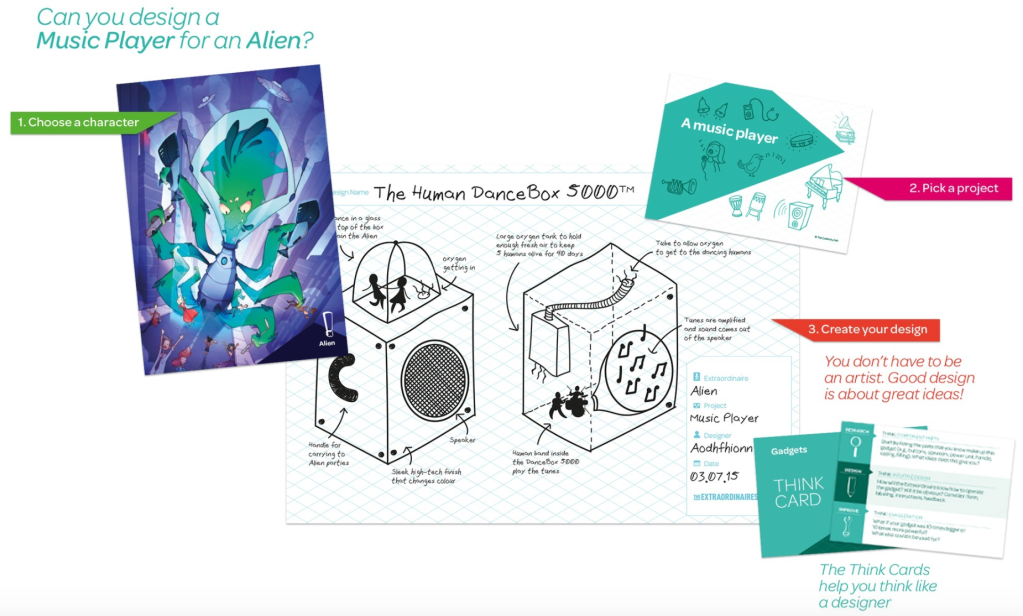
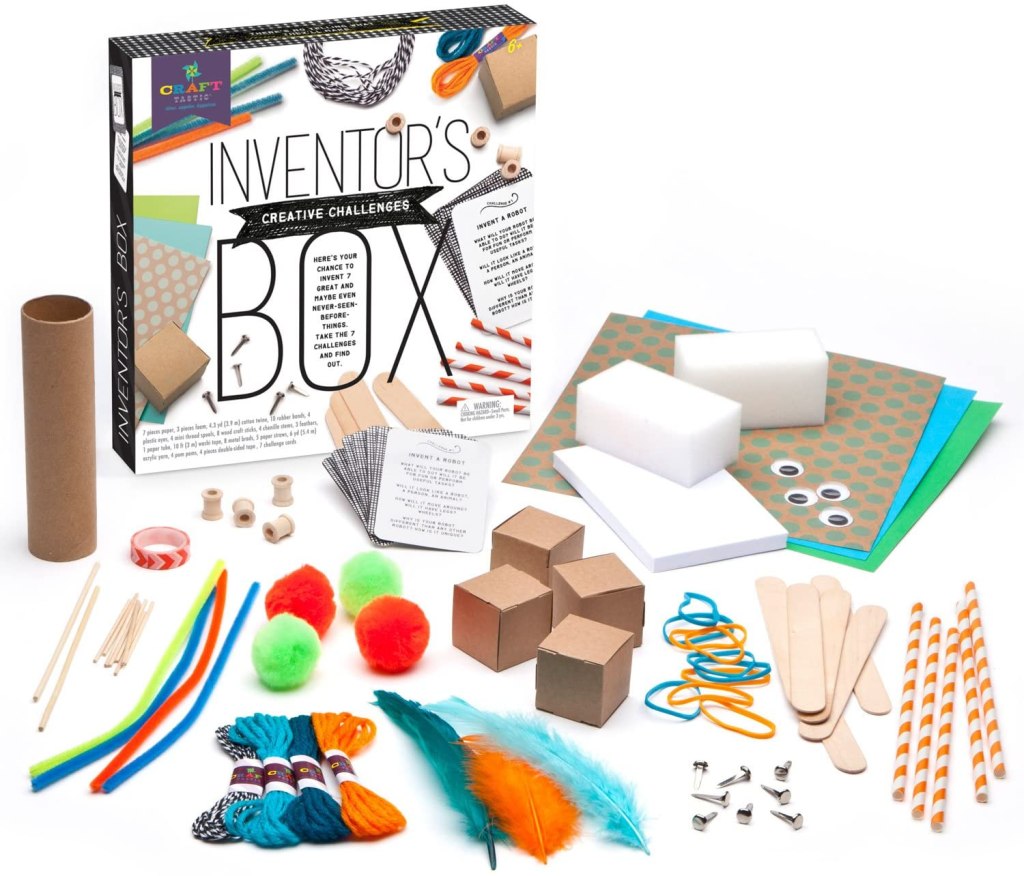



Leave a comment